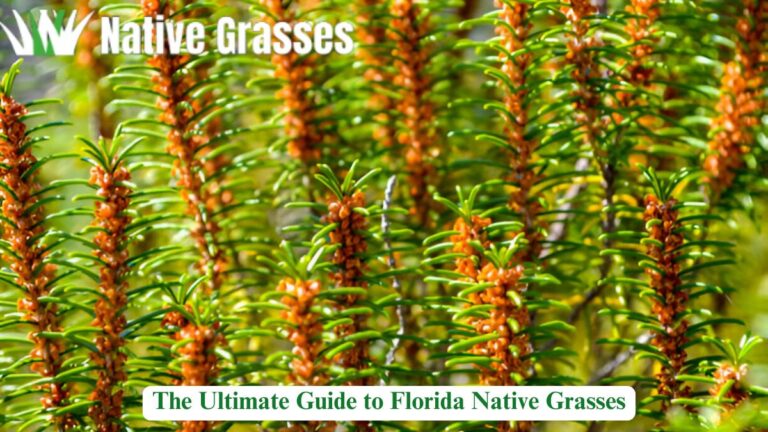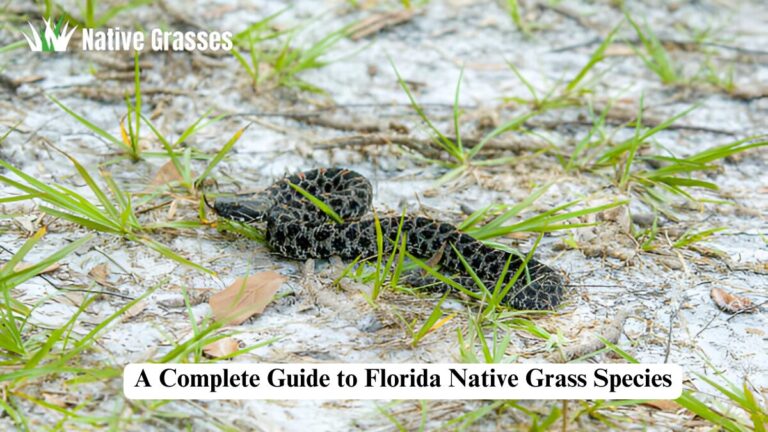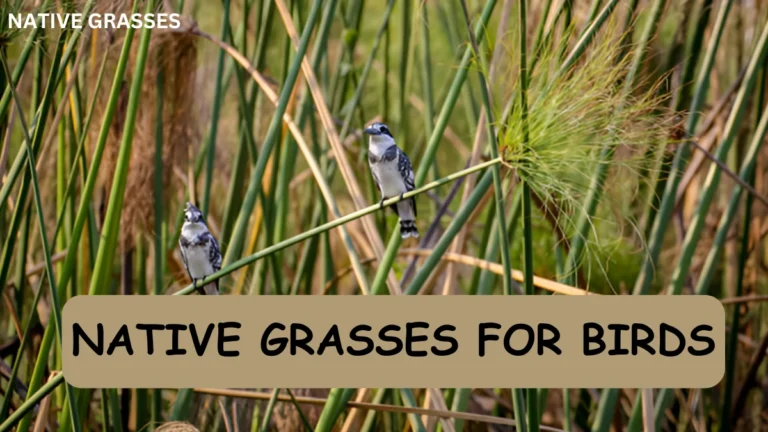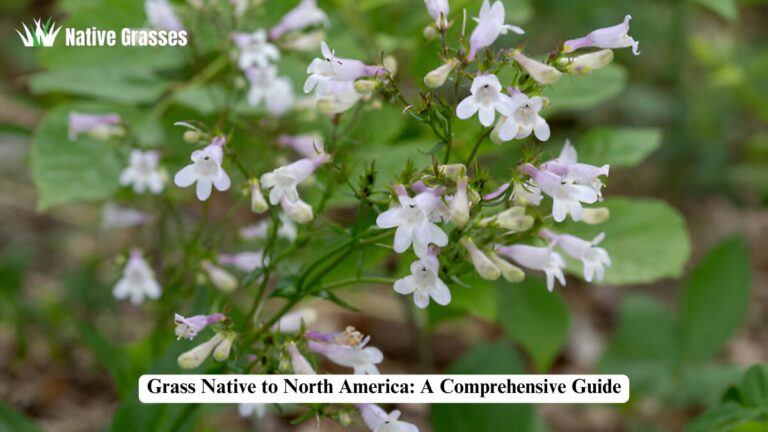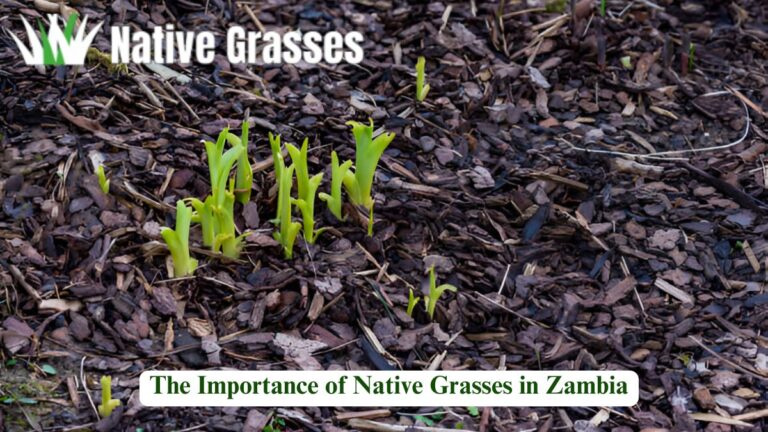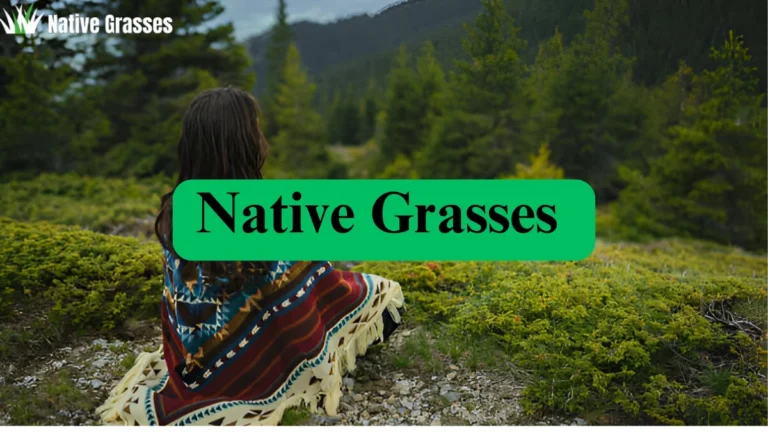Exploring the Rich Diversity of Grass Native to Virginia
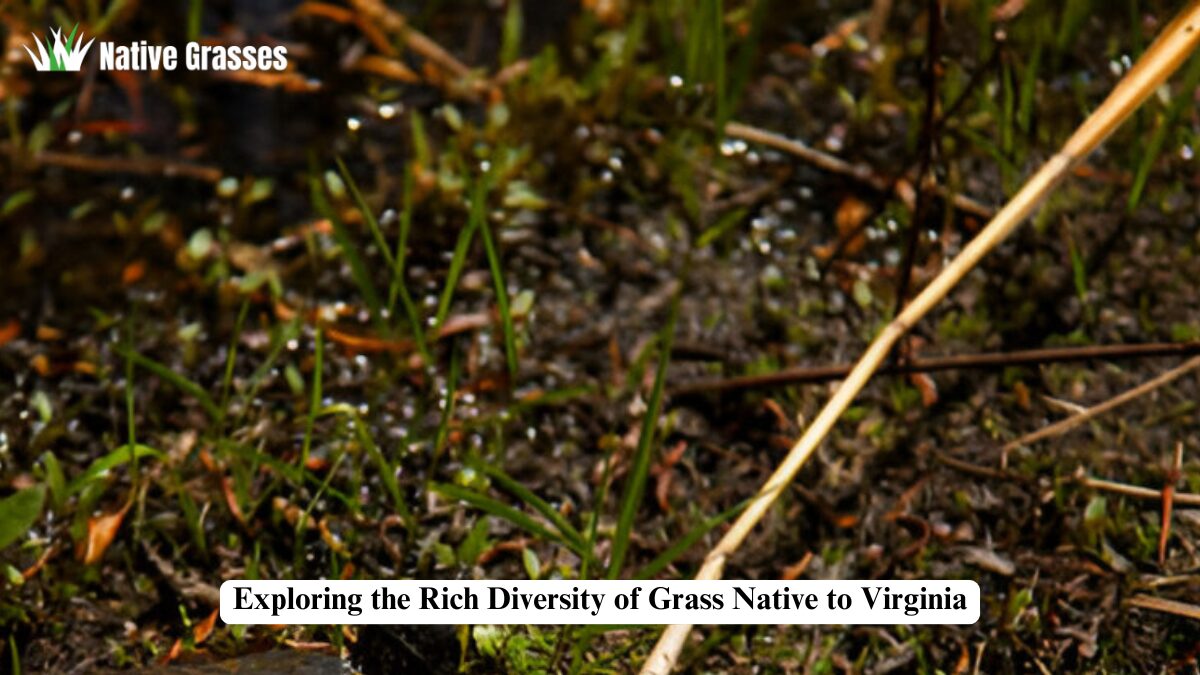
Virginia, with its diverse landscapes ranging from coastal plains to the Blue Ridge Mountains, is home to a wide variety of native grasses. These grasses play a crucial role in maintaining the ecological balance of the state, offering benefits such as soil stabilization, wildlife habitat, and erosion control. In this comprehensive guide, we will explore the different types of grass native to Virginia, their ecological importance, and how you can incorporate them into your landscapes.
The Importance of Native Grasses in Virginia’s Ecosystem
Ecological Benefits of Native Grasses
Native grasses are an essential component of Virginia’s ecosystems, providing numerous environmental benefits. They contribute to soil health, water filtration, and carbon sequestration.
- Soil Stabilization: Native grasses have deep root systems that help prevent erosion, particularly in areas with steep terrain or prone to flooding.
- Water Conservation: These grasses are adapted to Virginia’s climate, requiring less water and offering better drought resistance compared to non-native species.
- Wildlife Support: Many native grasses are crucial to supporting local wildlife, including birds, small mammals, and insects.
Grasslands and Biodiversity
Virginia’s grasslands are home to a unique mix of flora and fauna, many of which rely on native grasses for food and shelter. These habitats contribute to the overall biodiversity of the region.
- Pollinator Habitat: Native grasses like the Little Bluestem are vital to supporting pollinators such as bees and butterflies.
- Bird Habitats: Tall grasses provide essential nesting grounds for species like the Eastern Meadowlark and Bobwhite Quail.
Native Grasses vs. Invasive Species
While native grasses offer a range of benefits, invasive grass species can disrupt local ecosystems by outcompeting native plants. The spread of invasive grasses like Kentucky Bluegrass can lower biodiversity and reduce habitat quality for local wildlife.
Types of Grass Native to Virginia
Warm-Season Grasses
Warm-season grasses thrive during the hot summer months and are well-suited to Virginia’s warm, humid climate.
- Big Bluestem (Andropogon gerardii): Known for its tall, striking presence, Big Bluestem grows well in Virginia’s fertile soil. This grass is ideal for erosion control and provides excellent forage for wildlife.
- Indian Grass (Sorghastrum nutans): Indian Grass is a key species in Virginia’s tallgrass prairies, providing strong roots that help anchor the soil.
- Little Bluestem (Schizachyrium scoparium): A highly adaptable grass, Little Bluestem is perfect for dry or rocky soils and offers great winter interest with its reddish-bronze hue.
Cool-Season Grasses
Cool-season grasses are adapted to cooler climates and can remain green through Virginia’s mild winters.
- Virginia Bluegrass (Poa virginiana): Found in the Appalachian regions, this grass thrives in moist, shaded environments and is an important species for wildlife in these areas.
- Canada Bluegrass (Poa compressa): Canada Bluegrass grows in a variety of habitats, from fields to forests, and is commonly found in Virginia’s upland meadows.
- Fescue (Festuca spp.): Fescue grasses are drought-tolerant and thrive in Virginia’s mountainous regions.
Best Practices for Planting Native Grass in Virginia
Choosing the Right Grass for Your Property
Not all grasses are suited for every landscape. It’s important to consider factors like soil type, sun exposure, and water availability when selecting native grasses.
- Soil Type: Deep-rooted grasses like Big Bluestem perform best in loamy, well-drained soils, while others, such as Little Bluestem, thrive in dry, rocky soils.
- Sunlight: Warm-season grasses require full sun, while cool-season grasses can tolerate some shade.
Preparing Your Soil for Planting
Proper soil preparation is essential for ensuring your native grasses establish healthy root systems. Here’s what you should do:
- Test Soil pH: Native grasses often prefer slightly acidic to neutral soils.
- Remove Weeds: Clear the planting area of any existing weeds that may compete with your new grass for nutrients.
Planting Techniques
- Sowing Seeds: Planting native grass seeds in early spring or fall ensures they receive optimal moisture for germination.
- Mulching: Applying a thin layer of mulch helps retain moisture and suppresses weed growth during the establishment phase.
Maintenance of Native Grass Meadows
Watering and Fertilizing
Once your native grasses are established, they require minimal care. However, regular maintenance in the early stages can ensure they thrive:
- Watering: Native grasses need less water once established but will need extra attention during periods of drought.
- Fertilizing: Generally, native grasses do not require fertilizers, as they are adapted to local soil conditions.
Mowing and Pruning
Mowing helps maintain the health of your grass meadow. However, it’s crucial to avoid cutting too short or too frequently.
- Mowing Frequency: In the early stages of growth, mow every few weeks to encourage strong root development. Once established, mow once or twice per season.
- Pruning: Remove any dead or damaged stems to allow for new growth.
Controlling Invasive Species
Invasive grasses and weeds can threaten the health of your meadow. Stay vigilant and remove invasive plants promptly.
How Native Grasses Support Sustainable Landscaping in Virginia
Erosion Control
Native grasses, with their deep root systems, are particularly effective in controlling erosion, especially in areas with steep slopes or near water bodies.
- Riparian Buffers: Planting grasses along streams and rivers helps stabilize banks and reduce sedimentation.
Creating Pollinator Habitats
Native grasses are often the key to creating pollinator-friendly landscapes, which are crucial for the health of ecosystems.
- Attracting Bees and Butterflies: Grasses like Little Bluestem and Purple Lovegrass (Eragrostis spectabilis) provide habitats and nectar sources for pollinators.
Reducing Water Consumption
Native grasses are well adapted to local conditions, which means they require less water, reducing the need for irrigation.
Challenges of Growing Native Grass in Virginia
Soil and Climate Variability
Virginia’s diverse climate means that certain grasses may struggle in different regions.
- Mountain vs. Coastal Plains: Grasses that thrive in the mountainous regions of Virginia may not perform well in the lowland, coastal areas, and vice versa.
Competition with Non-Native Plants
Invasive species like Bermuda Grass and Zoysia can take over areas planted with native grasses, requiring vigilant management.
Native Grassland Restoration Projects in Virginia
Case Study: Restoring Grasslands in the Shenandoah Valley
In the Shenandoah Valley, conservationists have been working on restoring native grasslands by removing invasive species and planting native grasses like Big Bluestem and Indian Grass. These efforts have led to a healthier ecosystem and have supported local wildlife.
The Role of Local Conservation Groups
Organizations such as the Virginia Native Plant Society and the Virginia Department of Conservation and Recreation play a pivotal role in preserving and restoring Virginia’s native grasslands.
Table: Common Native Grasses in Virginia
| Grass Name | Growth Habitat | Soil Type | Wildlife Benefits |
| Big Bluestem | Open prairies, meadows | Loamy, well-drained | Erosion control, forage for wildlife |
| Little Bluestem | Dry, rocky soils | Well-drained, dry | Pollinator habitat, ornamental |
| Indian Grass | Wet prairies, open fields | Loamy, moist | Forage for wildlife, soil stabilization |
| Virginia Bluegrass | Shaded areas, moist soils | Moist, rich | Supports birds and insects |
| Canada Bluegrass | Meadows, roadsides | Moist, well-drained | Erosion control, forage |
Conclusion
Virginia’s native grasses are a vital part of the state’s ecosystems, providing benefits ranging from soil stabilization to habitat for wildlife. Whether you’re looking to restore a meadow or add a sustainable element to your landscape, planting native grasses is a rewarding choice. By understanding the types of grasses that thrive in Virginia and how to care for them, you can help maintain the ecological balance of this beautiful state.
FAQ
1. What are the best native grasses for Virginia?
- Big Bluestem, Indian Grass, and Little Bluestem are some of the top native grasses for Virginia.
2. How do I plant native grasses in Virginia?
- Plant native grasses in early spring or fall, ensuring the soil is properly prepared and free of weeds.
3. Are native grasses drought-tolerant?
- Yes, native grasses are highly drought-tolerant once established.
4. Can I use native grasses for erosion control?
- Absolutely! Native grasses, with their deep root systems, are excellent for preventing soil erosion.
5. Do native grasses attract pollinators?
- Yes, native grasses like Little Bluestem and Purple Lovegrass provide essential habitats and food for pollinators.
6. How often should I mow native grasses?
- Mow once or twice a season after the grasses have been established.
7. What are the challenges of growing native grass in Virginia?
- Soil and climate variability, along with competition from non-native plants, can be challenges.
8. How do I maintain a native grass meadow?
- Water during dry spells, mow occasionally, and remove invasive species to maintain a healthy meadow.
9. Can I mix native grasses with other plants?
- Yes, native grasses can be mixed with wildflowers and other native plants to create a diverse landscape.
10. Where can I find native grass seeds in Virginia?
- Local nurseries, conservation groups, and online native plant suppliers offer native grass seeds specific to Virginia’s ecosystems.

